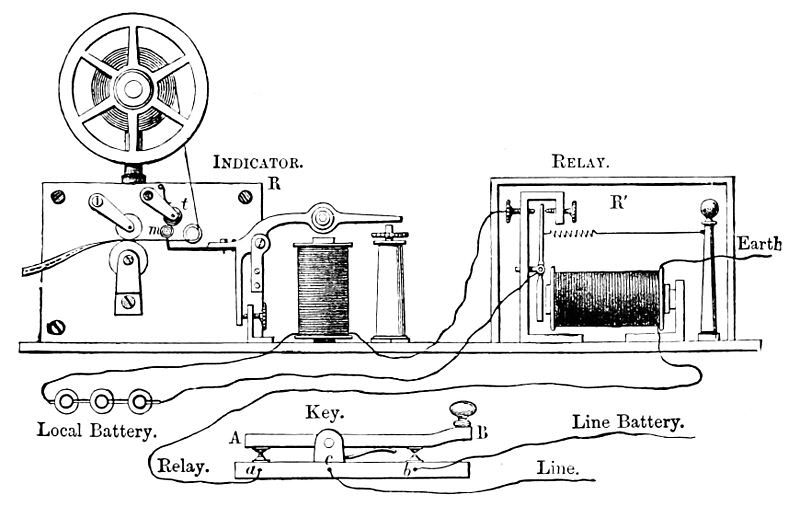Entertainment
20 Forgotten Inventions From Famous Inventors
By Jake Beardslee · May 1, 2024
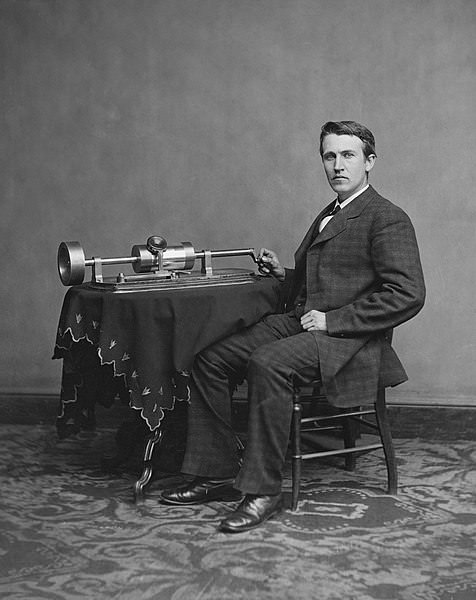
20 Wacky Forgotten Inventions From Famous Inventors
From soybean cars to creepy talking dolls, famous inventors have come up with some pretty wacky creations over the years. While we all know Thomas Edison for the lightbulb and Alexander Graham Bell for the telephone, their lesser-known innovations are often overlooked. Get ready to discover some of the strangest, most fascinating flights of genius from history's greatest inventors. From Da Vinci's robotic knight to Ben Franklin's wooden swim paddles, here are 20 crazy inventions you never knew came from the minds of famous inventors. Levin C. Handy (per http://hdl.loc.gov/loc.pnp/cwpbh.04326)/Wikimedia
1. Franklin's Armonica Was A Musical Hit Despite Health Concerns
Benjamin Franklin invented the armonica, a musical instrument with rotating glass bowls played by pressing a foot pedal. It gained popularity despite fears it caused health problems, with famous composers writing music for it. Metropolitan Museum of Art/Wikimedia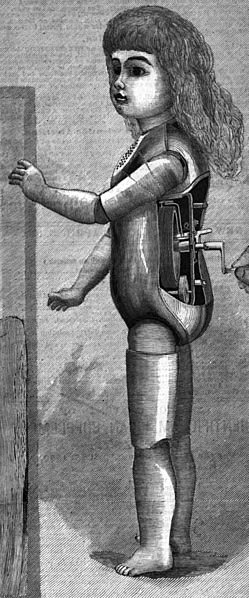
2. Edison's Talking Doll Terrified Children In 1890
In 1890, Edison introduced a 2-foot tall talking doll containing a mini phonograph. But the dolls broke easily, looked creepy, and cost a small fortune, so the product was quickly pulled from stores. Internet Archive/Wikimedia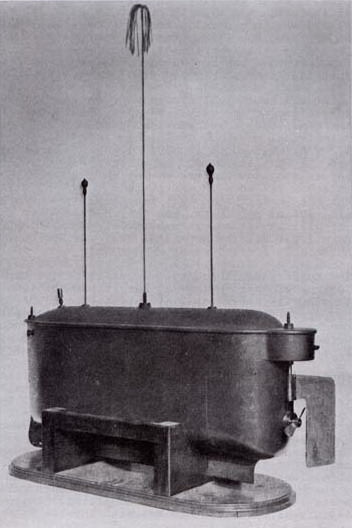
3. Tesla Wowed Crowds With A Remote-Controlled Boat In 1898
In 1898, Nikola Tesla demonstrated a battery-powered, 4-foot long remote-controlled boat in Madison Square Garden. Attendees were amazed as Tesla controlled the boat's propeller, rudder, and lights using radio signals - a little-known technology at the time. Nikola Tesla 1898/Wikimedia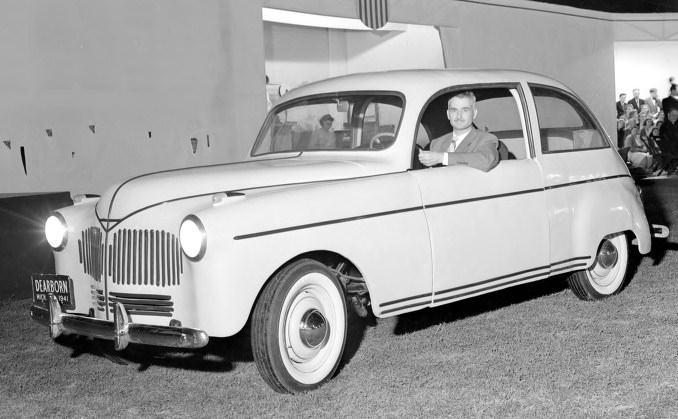
4. Ford And Carver's Soybean Car Was Eco-Friendly But Impractical
In 1941, Henry Ford and George Washington Carver unveiled a "soybean car" made with plastic from soybeans and other crops. It was an early eco-friendly vehicle but was sidelined by WWII manufacturing needs. John Lloyd/Wikimedia
5. Joseph-Nicolas Cugnot Crashed One of the First Automobiles Ever Made
French engineer Joseph-Nicolas Cugnot built an early steam-powered automobile in 1769. But during a test drive, it careened out of control and crashed into a stone wall, becoming one of the first automobile accidents ever recorded. Lomita/Wikimedia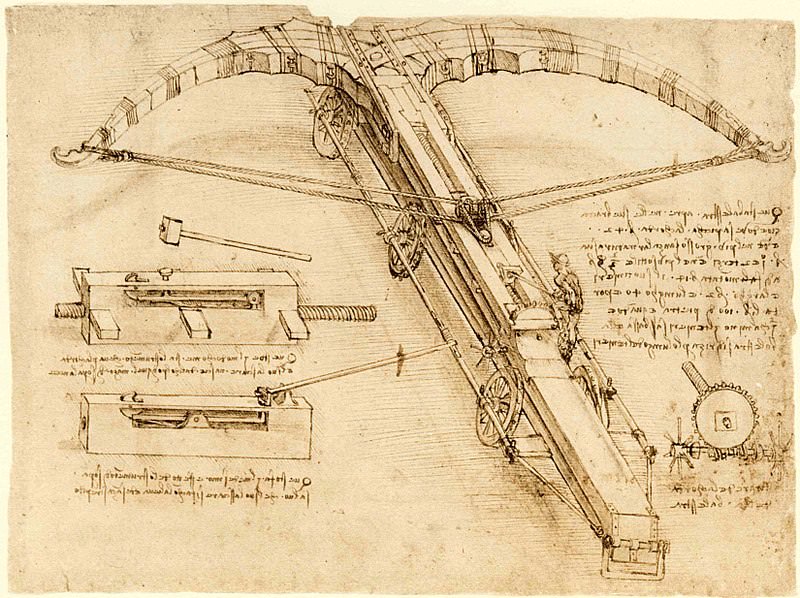
6. Da Vinci Designed An 80-Foot Giant Crossbow As A Weapon
The famous Renaissance man Leonardo da Vinci sketched designs for an enormous 80-foot wide crossbow, intended solely to intimidate enemies rather than be practical. Leonardo da Vinci/Wikimedia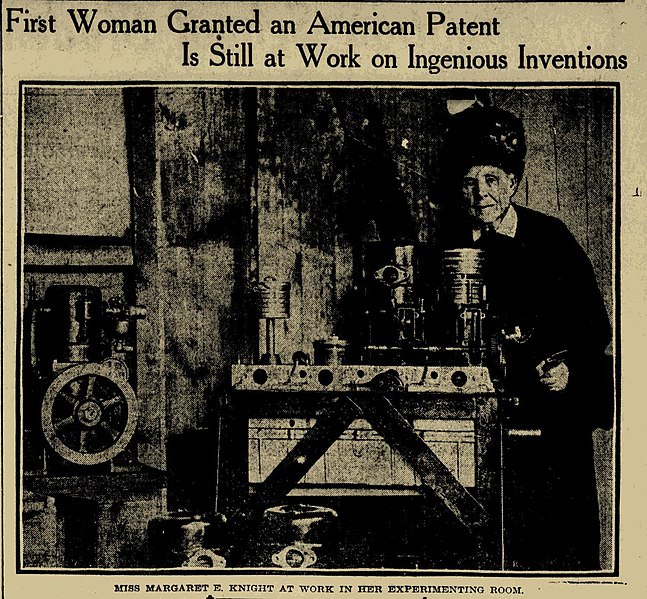
7. Knight Invented A 19th Century "Dress Shield" To Prevent Stains
Prolific 19th century inventor Margaret Knight created a "dress shield" insert to prevent clothing stains, protecting dresses from sweat and skin oils. Boston Sunday Post/Wikimedia
8. Burr Blodgett Invented A Method To De-Ice Airplane Wings
Katharine Burr Blodgett created "invisible" non-reflective glass, but also devised an important chemical process for de-icing airplane wings during WWII. Smithsonian Institution/Wikimedia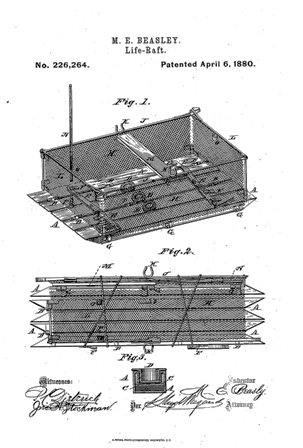
9. Beasley Invented A Device To Keep Trains On Tracks
Though known for buoyant life rafts, Maria Beasley also invented a device to prevent derailments by keeping trains physically on the tracks. Maria Beasley/Wikimedia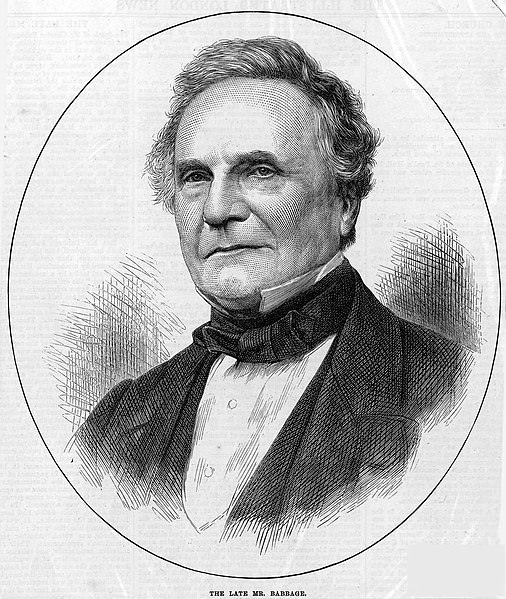
10. Babbage Designed An Ophthalmoscope To Treat His Double Vision
Computer pioneer Charles Babbage suffered from double vision, leading him to create the first ophthalmoscope to examine inner eyes. Thomas Dewell Scott/Wikimedia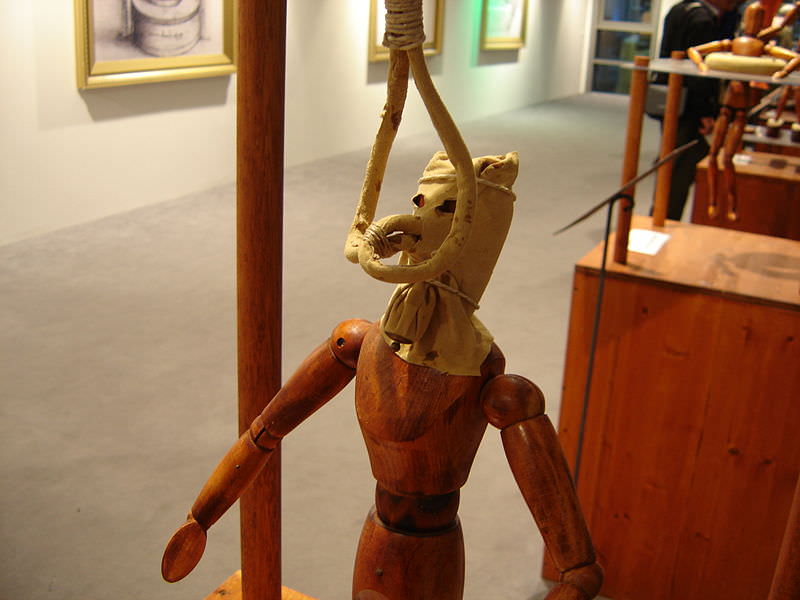
11. Da Vinci Sketched A Scuba Suit For Naval Use In The 1400s
Leonardo da Vinci sketched an early scuba suit made of leather with air tubes, hoping it could assist with naval warfare by stealthily approaching enemy ships underwater. Erik Möller/Wikimedia
12. Watt Invented An Early Copy Machine In 1780
Scottish engineer James Watt, renowned for advancing steam power, also patented a copy machine in 1780 that used ink transfer to duplicate pages. Rau Antiques/Wikimedia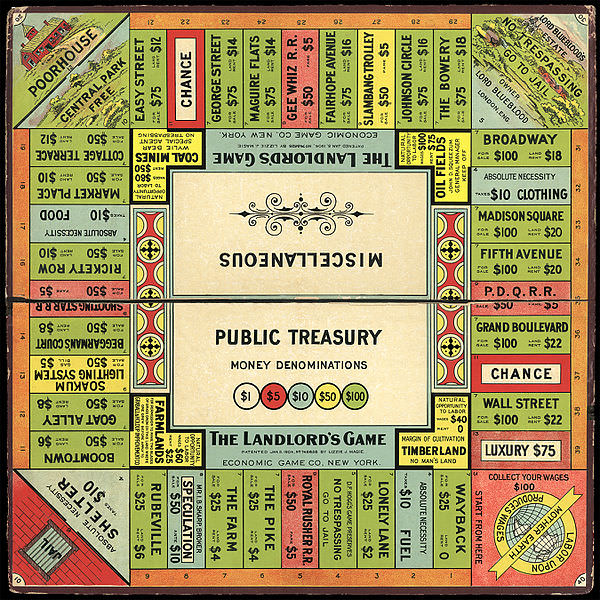
13. Magie's Mock Trial Was A Precursor To Her Monopoly Game
Before creating Monopoly, Elizabeth Magie invented a card game called Mock Trial in 1910, both published by Parker Brothers. LandLordsGame.info/Wikimedia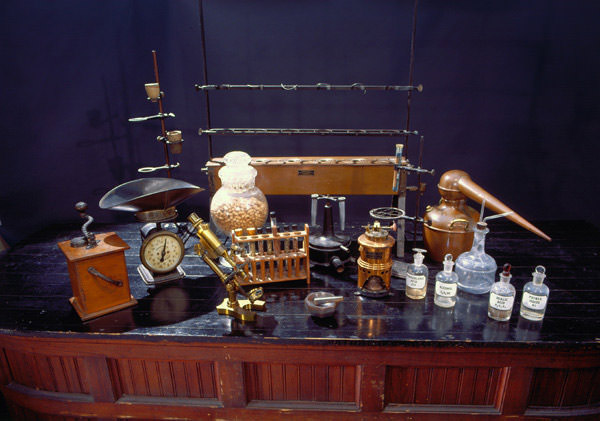
14. Carver Made Cosmetics And Paint From Peanuts
Botanist George Washington Carver held multiple patents for cosmetics, creams, stains, and paints derived from peanuts and other crops. PD-US/Wikimedia
15. Wong-Staal Pioneered A Molecular "Knife" To Slice Cell Genes
Geneticist Flossie Wong-Staal invented a "molecular knife" enzyme that could cut through genetic material within cells, enabling new research Bill Branson/Wikimedia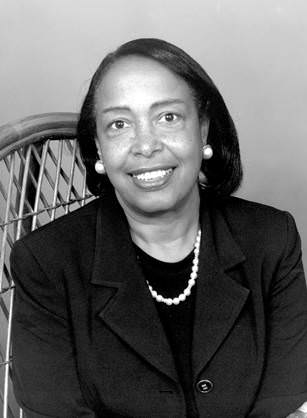
16. Patricia Bath's Laser Tool Restored Sight Through Cataracts
Ophthalmologist Patricia Bath invented a laser-based device, the "Laserphaco Probe," used during cataract surgery to painlessly vaporize cataracts obstructing vision. National Library of Medicine/Wikimedia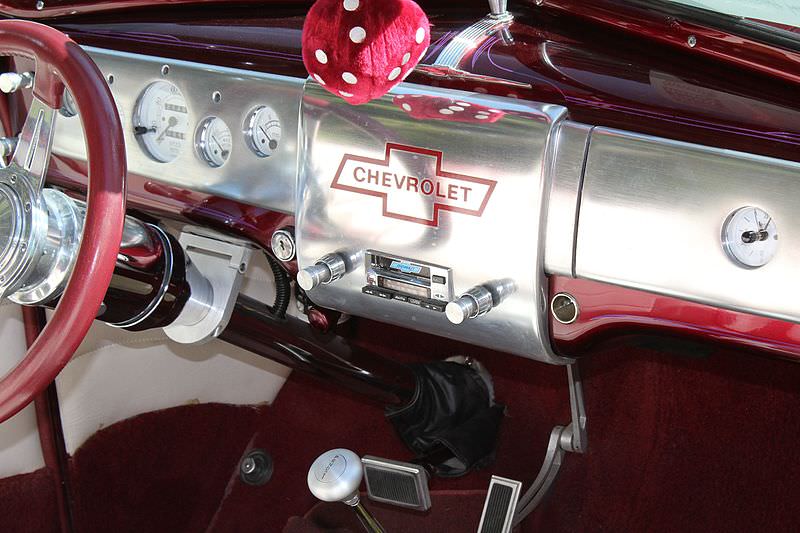
17. Ralph Teetor Invented Cruise Control Inspired By His Blindness
Ralph Teetor came up with cruise control in the 1940s due to his own limited vision, allowing drivers to automatically maintain speed without constant foot pressure. Thorsten Lindner/Wikimedia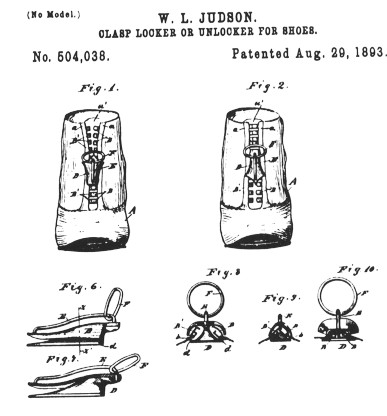
18. Whitcomb Judson Made Early Precursors to the Modern Zipper
American inventor Whitcomb Judson created predecessors to the zipper - the "clasp locker" in 1893, then the improved "Judson C-Curity Fastener" in 1913. But his inventions had flaws, and Gideon Sundback later perfected the modern zipper. United States Patent Office/Wikimedia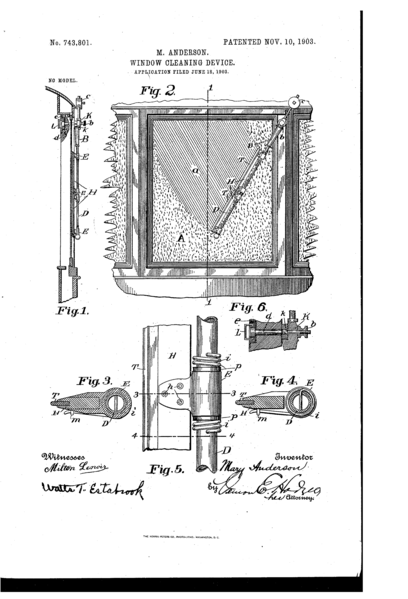
19. Mary Anderson Came Up With Windshield Wipers for Cars
In 1903, Alabama inventor Mary Anderson was granted a patent for windshield wipers after a visit to New York where she saw a driver struggling with snow obstructing his view. Her wiper invention became standard equipment. Mary Anderson(Life time: 1866-1953)/Wikimedia